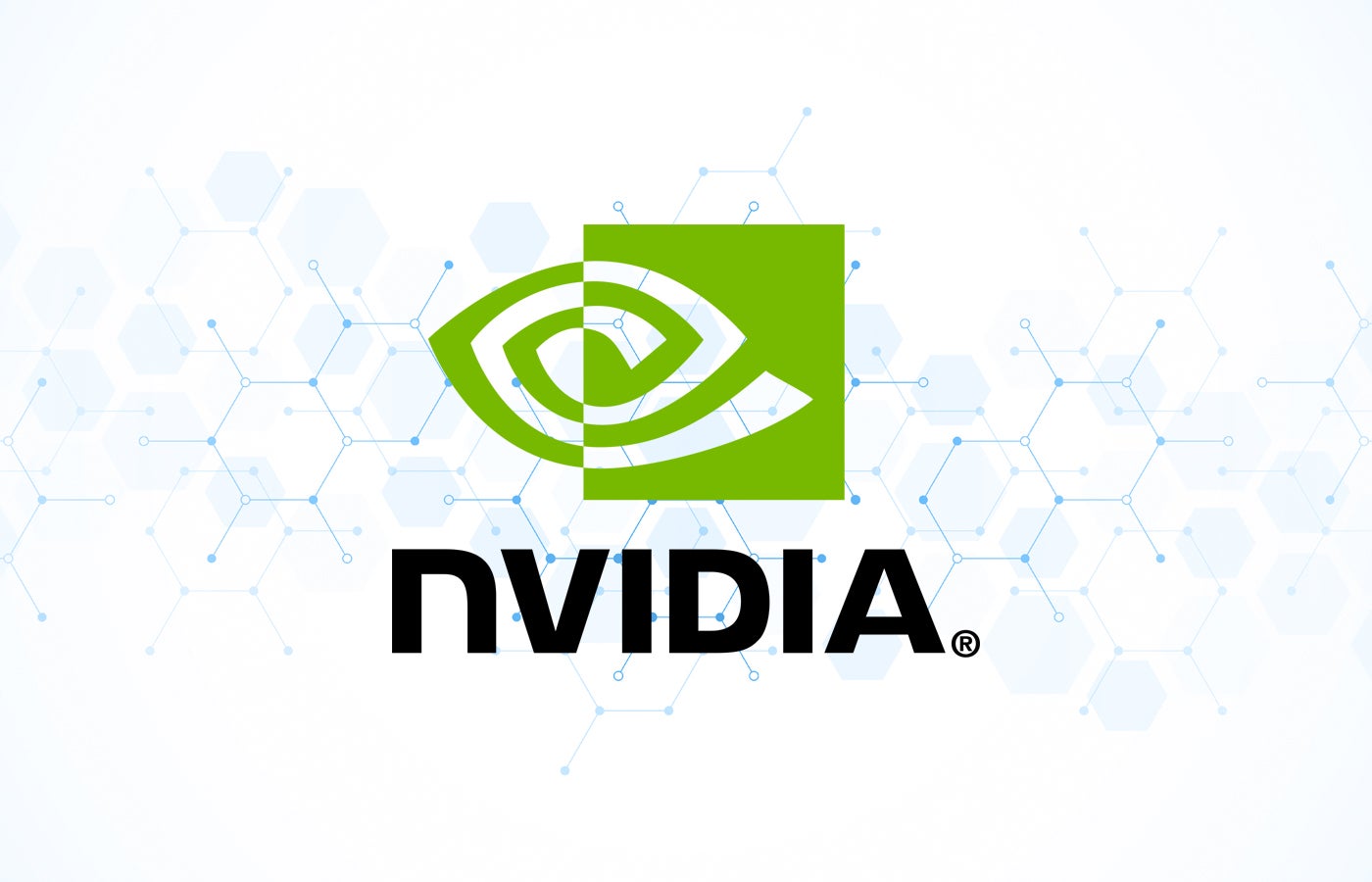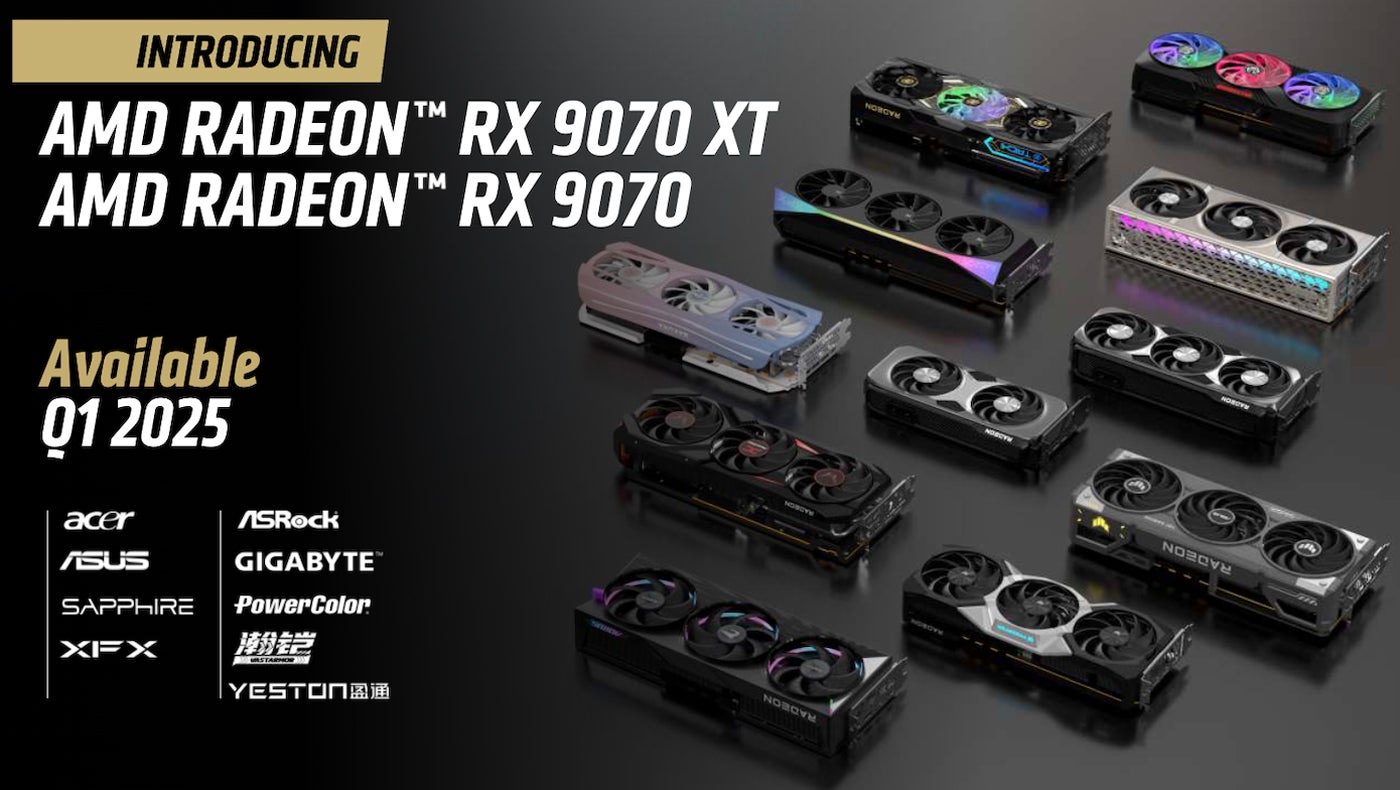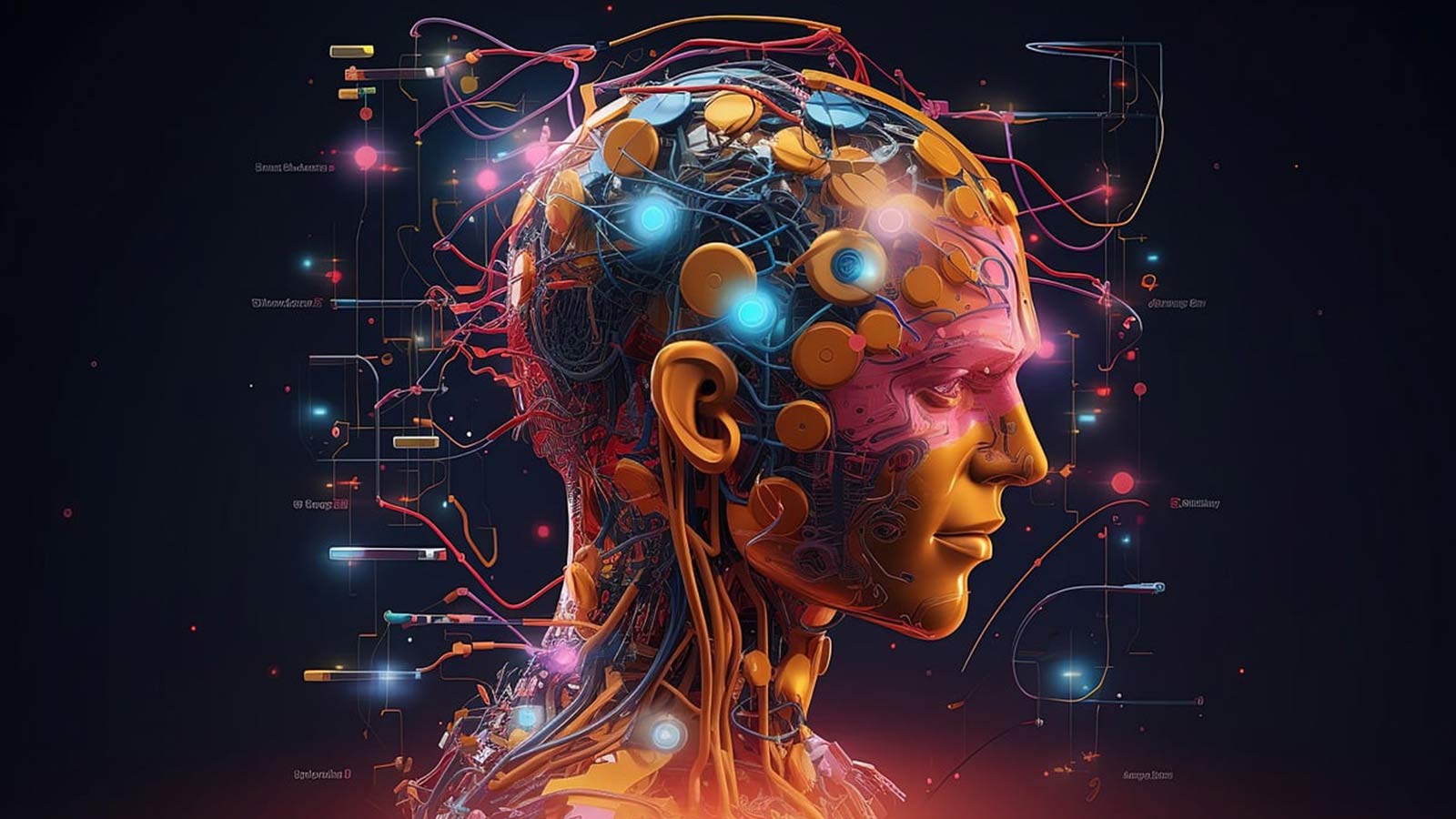NVIDIA Unveils New AI-Powered Technologies at CES 2025
GeForce RTX 50-series Desktop GPUs
The most advanced of the new GeForce series is the RTX 5090, with 92 billion transistors and delivering 3,352 trillion AI operations per second. NVIDIA claims that the GeForce RTX 50 Series delivers breakthroughs in AI-driven rendering, including neural shaders, digital human technologies, geometry, and lighting.
The RTX 5090 will start at $1,999, marking a $400 increase over its predecessor, the RTX 4090, but it is also twice as fast. The RTX 5080 delivers 1,800 TOPS and will start at $999. Both will be available from January 30.
Personal Supercomputer for AI Researchers
NVIDIA introduced the world to its personal AI supercomputer; Project DIGITS. This is intended to be used by AI researchers, data scientists, and students to “supercharge AI innovation,” according to NVIDIA.
The DIGITS computer contains the GB10 Grace Blackwell superchip, composed of a GPU and 20-core CPU, which delivers up to a petaflop of computational power. It can run large language models of up to 200 billion parameters – the number of parameters is generally proportional to performance capacity.
Complete with 128GB of memory, up to 4TB of flash storage, and NVIDIA’s DGX operating system, the computers will be available in May. It will start at $3,000.
Imitation Capability for Humanoid Robots
In March 2024, NVIDIA unveiled GR00T – a general-purpose foundation AI model for humanoid robots. At CES 2025, Huang announced a new modality, or blueprint, for GR00T that allows it to learn by imitation.
Individuals will be able to act out movements they want the robot to perform, it will capture them as a digital twin, and then execute them repeatedly. This can all be done using an Apple Vision Pro headset.
The idea is that the technology will make it easier to educate large fleets of robots deployed in manufacturing settings. “Physical AI will revolutionize the $50 trillion manufacturing and logistics industries. Everything that moves – from cars and trucks to factories and warehouses – will be robotic and embodied by AI,” Huang said.
World Foundation Models for Robotics
Huang announced a new platform for “world foundation models.” These AI models are inspired by how humans form their mental models of the world, called Cosmos. The first Cosmos models released are designed specifically for robotics, focusing on “physics-based simulation and synthetic data generation.”
Cosmos WFMs are purpose-built for physical AI research and development, and can generate physics-based videos from a combination of inputs, like text, image, and video, as well as robot sensor or motion data, according to NVIDIA.
Autonomous Driving Partnership with Toyota
Finally, Huang announced a new partnership between NVIDIA and Toyota to develop next-generation autonomous vehicles. Toyota’s upcoming models will incorporate NVIDIA’s DRIVE AGX Orin supercomputer and DriveOS operating system.
This news comes shortly after autonomous vehicle companies Aurora and Continental announced a partnership to scale up the deployment of driverless trucks using NVIDIA DRIVE. Huang projected NVIDIA’s automotive revenue to reach $5 billion in his keynote.
Conclusion
In conclusion, NVIDIA’s announcements at CES 2025 showcased the company’s continued commitment to advancing AI technology. From the introduction of new GeForce GPUs to the development of AI-powered technologies for humanoid robots and autonomous vehicles, NVIDIA is pushing the boundaries of what is possible.
FAQs
Q: What is the release date of the RTX 5090?
A: The RTX 5090 will be available from January 30.
Q: How much will the RTX 5080 cost?
A: The RTX 5080 will start at $999.
Q: What is the purpose of Project DIGITS?
A: Project DIGITS is intended to be used by AI researchers, data scientists, and students to “supercharge AI innovation.”
Q: When will the Cosmos WFMs be available?
A: The Cosmos WFMs will be available in May.
Q: What is the goal of the partnership between NVIDIA and Toyota?
A: The partnership aims to develop next-generation autonomous vehicles, with Toyota’s upcoming models incorporating NVIDIA’s DRIVE AGX Orin supercomputer and DriveOS operating system.









